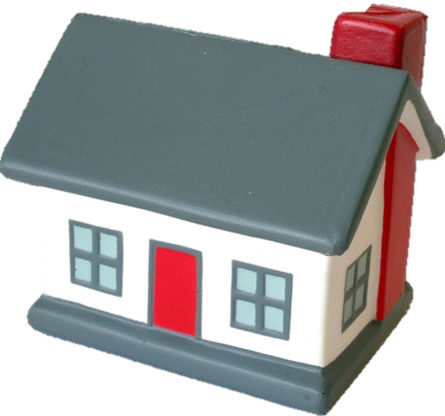 Rent a room relief allows individuals to earn up to £7,500 tax free from letting out furnished accommodation in their main or only residence. The original intention of the relief was to increase the quantity and variety of low-cost rented housing, giving more choice to tenants and making it easier for people to move around the country for work.
Rent a room relief allows individuals to earn up to £7,500 tax free from letting out furnished accommodation in their main or only residence. The original intention of the relief was to increase the quantity and variety of low-cost rented housing, giving more choice to tenants and making it easier for people to move around the country for work.
Since rent a room relief was first introduced in 1992, the private rented sector has more than doubled in size and the emergence of online platforms has made it easier than ever for those with spare accommodation to access a global network of potential occupants, largely through the Airbnb and property websites.
Against that backdrop, the government sought evidence against three objectives, which were to: find out more about the use of the relief; establish whether the relief is working as the government intends; and to help inform any potential reform of the relief.
Key conclusions from the call for evidence are that:
- The government will retain rent a room relief at its current level of £7,500. Responses to the call for evidence indicated that in most cases, individuals would not be prepared to let out their spare rooms if the relief was not available. Given that, there was a consensus amongst respondents that rent a room relief provides an effective incentive for people to make their spare rooms available for rent. £7,500 exceeds by over £1,000 the average annual cost of renting a room in the UK. The limit was increased from £4,250 in April 2016, and the government will keep this under review
- There is no evidence to suggest that tenancy length or tenancy type is an appropriate proxy for achieving the government’s objectives for rent a room relief. Most respondents suggested that individuals make decisions about what kind of tenancy to offer for a wide variety of reasons; the behaviour of those with spare rooms is highly specific to both their personal circumstances and the market they are operating in. Lodgers also value flexibility and benefit from a choice of different types of tenancies. There is no obvious rationale for the design of rent a room relief to favour one form of activity over another.
- There is an opportunity to clarify the purpose of rent a room relief and ensure it is better targeted to achieve its original objective of incentivising the use of spare rooms. There was consensus amongst those who responded to the consultation that the purpose of rent a room relief is to support those with spare rooms to take in lodgers. The letting of whole properties was widely recognised as a different type of activity that should fall outside the scope of rent a room relief. However, the rules around what type of activity qualifies for rent a room relief are not currently clear on this point.
- In response, the government plans to introduce a new shared occupancy test in rent a room relief. The new test will require the taxpayer to be living in the residence and physically present for at least some part of the letting period, for the income to qualify. This will ensure rent a room relief meets its original purpose of incentivising people to let spare rooms rather than whole properties, and will also clarify how rent a room relief interacts with the wider tax regime for property income.
The government has invited comments and submissions on the proposal for a new shared occupancy clause, before its introduction in Finance Bill 2018-19. More info can be found on the .Gov website.
